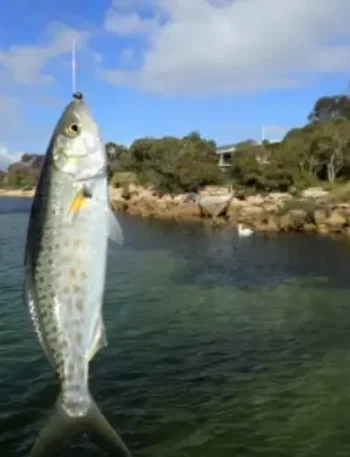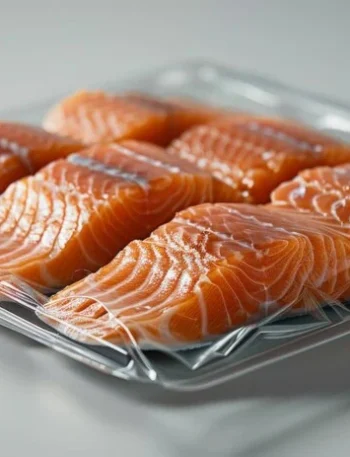General Description
Chum salmon, commonly called dog salmon, are the most widely distributed Pacific salmon species in Alaska. Chum Salmon, also known as Oncorhynchus keta, is the second largest species of Pacific salmon. It features a streamlined body with a silvery coloration that turns to dark olive green during spawning. This fish is commonly found in the North Pacific Ocean and rivers. Some are known to journey up to 2,000 miles upstream, reaching the headwaters of rivers like the Yukon. Since the 1980s, chum salmon catches in Alaska have risen significantly, thanks to successful hatchery programs and growing international demand.
Fast Facts
- Scientific Name
Oncorhynchus keta
- Size
24-36 inches and 8-15 Pounds
- Habitat
Coastal waters and rivers of the North Pacific
- Diet
Zooplankton, small fish, insects, squid, and marine invertebrates
- Predators
larger fish, seals, sea lions, and birds such as herons and eagles
- Spawning Season
Late summer to early fall
- Other Name
Dog salmon, calico salmon
About the Species
Taste
Chum Salmon has a milder flavor compared to other salmon species, making it versatile for various cooking methods. Its flesh is often described as slightly firmer and less oily, which some prefer for certain dishes.
Health Benefits
It’s an excellent source of high-quality protein, omega-3 fatty acids, and essential vitamins. Its lower fat content makes it a healthier choice, providing numerous benefits for heart health and overall well-being.
Nutrition Facts
A 3.5-ounce (100-gram) serving of chum salmon typically contains:
- Calories: 140
- Protein: 23 grams
- Fat: 5 grams
- Omega-3 fatty acids: 1.2 grams
Classification and name origin
Chum Salmon belongs to the family Salmonidae and is classified under the genus Oncorhynchus. The name “chum” is derived from the Native Alaskan word “keta,” which refers to the fish’s historical significance in indigenous diets.
Life History/Biology

Chum salmon spawn in the autumn and are divided into summer and fall races. They prefer to spawn in spring-fed side channels but can be found in a variety of settings, including big rivers. After fertilization, eggs hatch in 3 to 4 months, and alevin lives in gravel for 60 to 90 days. Juveniles travel to the sea, spending several months nearshore before spreading into the ocean, where they grow quickly, often weighing more than 12 pounds. They start out eating bug larvae and crustaceans, but as they grow older, they eat copepods and tiny fish. Anadromous fish return to their natal streams to reproduce, covering distances of up to 2,000 miles. Newly hatched salmon move downstream to the ocean.
Availability
Chum Salmon is available year-round, but its peak season is from late summer to fall. Wild-caught Chum Salmon is often available in fresh or frozen forms, while farmed options can also be found in markets.
Is Chum Salmon Sustainable?
Chum Salmon is considered a sustainable choice when sourced from well-managed fisheries. Various certification programs, such as the Marine Stewardship Council (MSC), ensure that harvesting practices do not harm the ecosystem, making Chum Salmon a responsible seafood option.
Related Species
- Coho
- Chinook
- Sockeye
- Pink
- Atlantic
FAQs
What is chum salmon and why is it called the underdog?
Chum salmon is a lesser-known species of salmon that often gets overshadowed by its flashier relatives like Chinook and Coho. It’s called the underdog because it’s not as popular for sport fishing or culinary uses, yet it has a unique flavor and is packed with nutrients.
How does Chum salmon compare in taste to other salmon types?
It has a milder flavor compared to other salmon species, with a slightly firmer texture. It’s often used in smoked products and is praised for its rich, meaty taste that pairs well with various seasonings.
Where can I find Chum salmon for purchase?
You can find it at various grocery stores, fish markets, and online seafood retailers, especially during its peak season from late summer to fall. Look for it fresh, frozen, or even canned for convenience!






Chum salmon is the underdog we all need!
It has a great texture and holds up well in dishes!